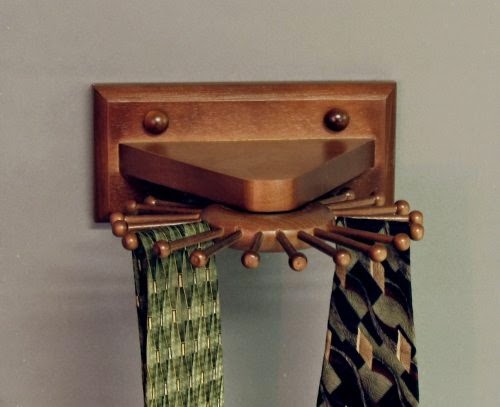In the industries of manufacturing, warehousing and material distribution, there is an undeniable need for a storage solution that allows for a maximized space potential. Regardless of whether or not the operations are at a small or large scale, the more space gives a more strategic advantage. In design, one storage system comes as the most practical choice today; the concept of warehouse shelving. Also known as warehouse racking, this highly systematic approach in storing materials bolsters a vertically organized storage system. With several levels of shelves mounting up to the roof of the warehouse facility, it allows for a highly utilized warehousing space. Safety within the facility with the storage system is not compromised as well as it is typically supported by secure vertical pillars with widths and heights varying with respect to the type of materials intended to be stored therein. Sufficed to say that this is a smart storage setup, attempting to implement it requires a well-informed approach with the following as the important points to take in consideration.
Setup process
Naturally, for a warehouse
shelving to be implemented properly, one needs to find a good warehousing
facility to set it up in. This part is crucial since it covers the entire
expenses to be expected once the warehouse has been occupied and the storage
system has been executed. Of course, choosing the right warehouse will also
include the consideration of its compliance to the entire needs of convenience
and functionality for the processes of material handling to be done in the
place. In that respect, the maximum height of the roof should be assessed since
it is where the efficiency of warehouse shelving application depends on. It should
always be kept in mind that consuming vertical space is the idea. Therefore,
more space can be produced when the warehousing's roof height is higher.
Design
Initially, one might think
that warehouse shelving straightforwardly relates to one specific execution
only when actually, it is divided into several different types such as pallet
racking and pallet flow/push back. The former makes use of beams with pallet
trucks as the element for moving the materials in and out of the shelves while
the latter utilizes the use of rails and rollers. It should be deliberated
which type can ultimately be the most effective for one's operation based on
the type of product to be stored and the amount of space available.
Maintenance of Safety and
Organization
For the system to function at
its best, it should be put under constant regulation. If not then the entire
idea of the system will be missed or not fully realized. It should be kept in
mind that the system serves for an efficient storage facility. Anything short of
that will be a waste of the effort put into its implementation.
With these important details
in check, it is for certain that one can achieve an effective execution of
warehouse shelving. This is a significant feat for any manager of a
manufacturing, distribution or warehousing operation.
To learn more about Warehouse Storage
Solutions, feel free to visit: http://www.msshouston.com














